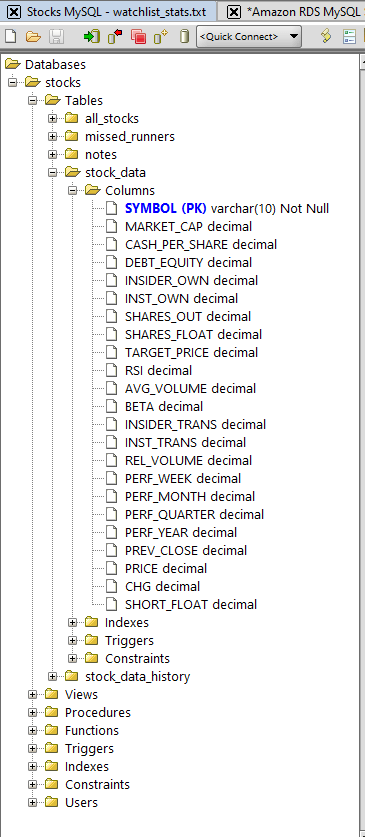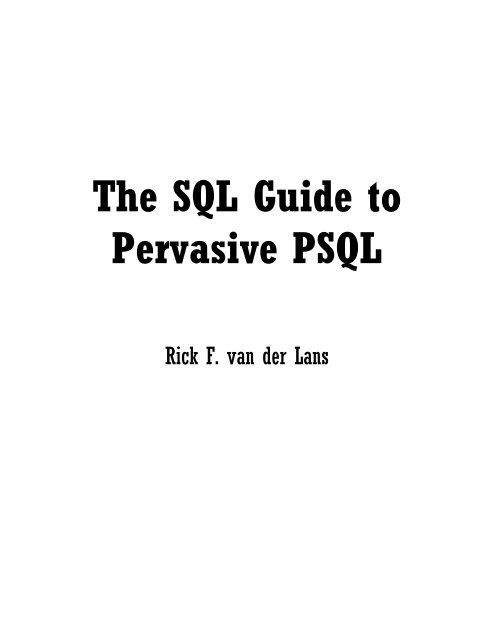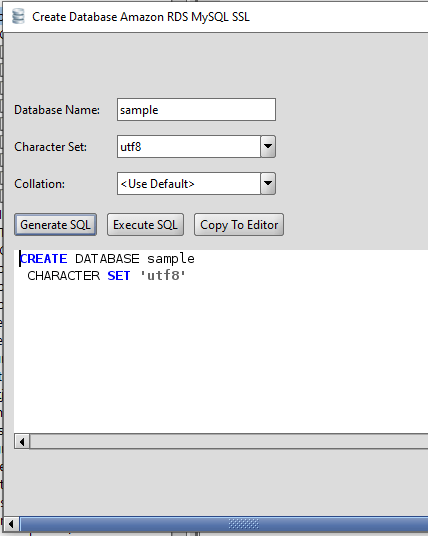

How did they achieve this speed-up? Oracle offered four major improvements:

One benchmark, for instance, was 151 times faster with a 250GB data set, 843 times faster with a 1TB set, and 1392 times faster with a 4TB set. The benchmarks ran against multi-terabyte data sets no doubt chosen to highlight speed advantages Oracle has gained with HeatWave. Oracle also offered benchmark results that showed HeatWave was 7 to 9 times faster than some other big data storage options, like Google’s BigQuery or Snowflake. Another benchmark (CH-benCHmark**) designed to simulate a mixed workload of writes and reads is said to run with “18 times lower latency, and 110 times higher throughput.” Super fast, super open One benchmark (TPCH*) running on a four terabyte database is said to be more than 1,100 times faster running on HeatWave than when loaded into versions of MySQL running on Amazon’s Aurora. Competitors like Amazon may also have tweaked MySQL in building their services, but Oracle’s benchmarks suggest that Oracle’s work creating a new storage engine has paid off. To document its new creation’s prowess, Oracle presented benchmark results from loading similar databases into both HeatWave and some of their competitors that are also selling services based on running MySQL. The company focused on speeding up larger data sets of several terabytes that might be spread out over multiple machines. HeatWave was created by Oracle’s internal experts after several years of internal research and development, a process that Oracle estimates produced several dozen patents. It won’t be able, at least for now, to be installed locally.
#Pervasive mysql code
While the larger MySQL code base remains open source, the new engine will be proprietary and can only be used inside Oracle’s cloud. The MySQL interface, which normally hides the work of the engine from the programmer, will be the same.

Oracle expects that most developers will be able to switch to HeatWave with few if any changes to their code.
#Pervasive mysql free
Anyone who downloads a current version of MySQL, for instance, may choose to use one of the free engines like InnoDB or MyISAM, which are also open source.ĭevelopers can generally switch between engines with little effort, allowing them to pick the one with the best performance and protections for their project.
#Pervasive mysql software
MySQL uses a collection of software extensions known as engines to write information to disk. The software at the core of the announcement is a new storage engine called HeatWave.


 0 kommentar(er)
0 kommentar(er)
